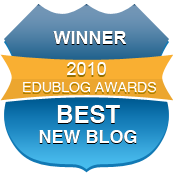-The game is a choose-your-own-adventure style activity where a walkthrough of a "Haunted" House is narrated and you are provided with choices, thereby providing a narrative.
-We imposed a "round the table" rule for answering Alexa, in the process working on "group plan" and whole body listening.
-The auditory input gives you an opportunity to work on the skill of visualizing- consider using your Visualizing and Verbalizing® structure words or having the students sketch a collaborative "map" of the house and the events in different locations, Stickwriting Stories style (Incidentally, there's a good "Scary Visitor" story here to model).
*Alexa's skills are like apps, so to speak. To use these you will need an enabled device; The Echo Dot is a terrific and inexpensive device. You can enable skills via audio command as shown in the image, but there are several skills with this name. You might want to use the link in my second sentence or look it up in your Alexa app.





